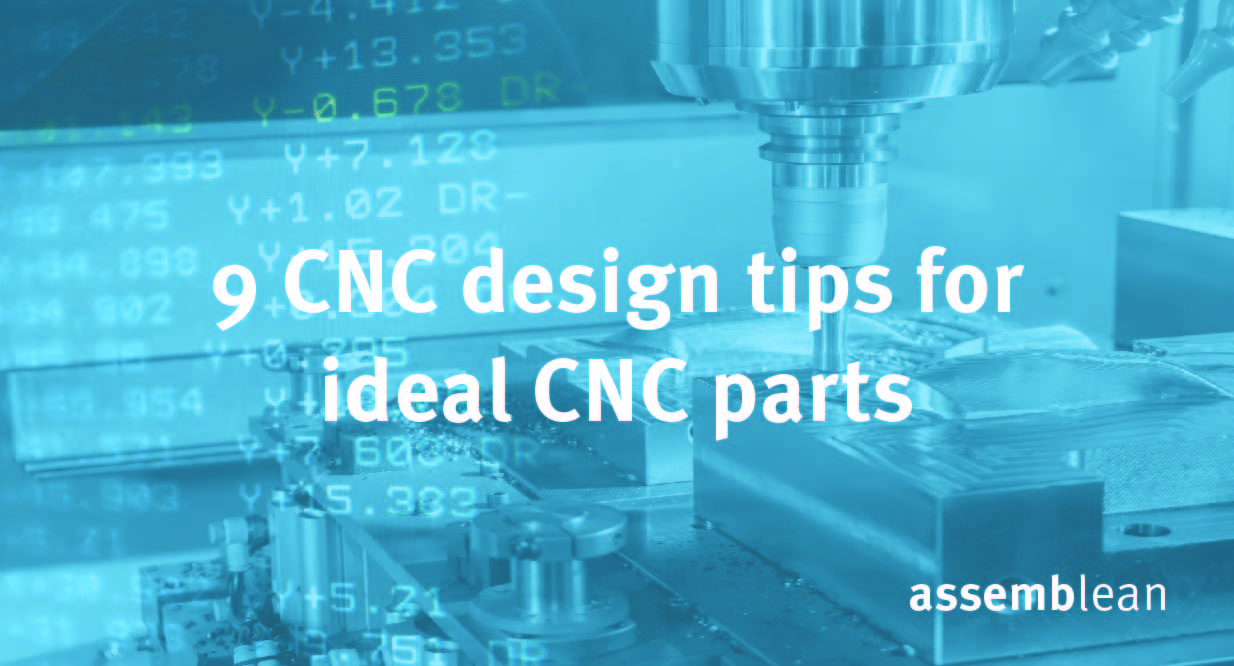Developing a physical product is not that easy. Which components need to be taken into account when brainstorming? Which manufacturer is the right one? Is it worth realizing the idea of my product?
In this start-up guide, you will learn how your start-up can successfully implement a product idea in just 6 steps and launch a physical product on the market.
The Base: Planning an idea using the product development process
For the initial concept of your physical product, it is important to first familiarize yourself with the product development process. This usually consists of 6 phases: Ideation, product planning, product development, product design, production and finally launch to market. It is important that you always keep this process in mind in order to create a structured plan right from the start.
1. Brainstorming: These components must be taken into account for an innovative product idea
Developing an innovative idea for a physical product requires one thing above all: creativity. The trick is to document the idea in a structured way and not to forget important components. This can be achieved using brainstorming techniques, for example. A market analysis is also very useful. This can be used to find existing demand and products and identify possible similarities and differences with your product idea. The brainstorming of your physical product should also be as diverse as possible. This means that the product should be critically examined from different perspectives, both from a technical point of view with product developers and from a commercial point of view with experience from marketing and sales.
2. Product Planning: defining product goals and development
As soon as you have written a product idea, the planning should now follow. It is important to allocate tasks and specify the development of an initial prototype. Technical drawings containing important components and dimensions of the product are particularly helpful here. Determining the customer segment can also help you to get an idea of the dimensions of the quantity in which your product is to be manufactured later.
3. Product Development: the core of your project
The aforementioned prototype is essential for product development. This makes it possible to get an idea of the design and user-friendliness with the functions. The requirements of the product should also be tested in any case, as the right material must be carefully selected depending on the required stability, surface structure or other properties. It is particularly helpful to look at different material characteristics and their manufacturing processes. For example, should it be a plastic part manufactured using injection molding? Or would you prefer a metal part that is produced using the die-casting manufacturing process, for example? If you need support with these questions, you can contact us directly here. We will be happy to help you with production and material selection.
You can also use the prototype to obtain initial feedback. This allows you to identify strengths and weaknesses that you can take into account in the subsequent development of a series product.
4. The Product Design: the last step before realization
Product design is the final iteration of your prototype. This is where the development of the product should be completed. This includes the development of an accurate production drawing, including all specifications, and the creation of an optimal production plan. What materials are cost effective? How can I achieve high quality? And how can I mass produce the product? With our expertise, you don't have to worry. We take care of the entire production process and not only give you helpful tips for optimal design and cost efficiency, but we can also customize and manufacture your product at any time.
5. Production: the dream of your physical product comes true
In this step, your own product is realized. The physical product is manufactured in a production facility with high-quality machines and qualified personnel. You also have the option of adding all kinds of finishes. Do you want the product to have your company name engraved on it, for example? Then this wish can easily be fulfilled with a laser. In addition, the product is checked for defects and other problems in a quality assurance (QA) process at the production facility. When it arrives, you can be sure that it will exceed your expectations!
6. Marketing: the successful market launch of your product
Once production of your product has started, it can be launched on the market. Here it is crucial to build up a large network of potential customers and representatives of your industry in order to draw attention to your product. Of course, it is also important that you advertise your product sufficiently to generate sales. If you have only roughly thought it through during product planning, it is now all the more important to carry out a precise market analysis, the results of which you can use to set up successful marketing campaigns. As soon as the first products are sold, you need to take a close look at how they are received by customers. Where is there room for improvement? What adjustments do we need to consider to make the product even more attractive? The insights gained can then be incorporated directly into the optimization of the product.
Conclusion
As you can see, extensive product development requires a lot of perseverance and care to bring the physical product to market. assemblean can be a great help to you. We take over the entire production process and support you at all times - from development to material selection to production - we make your dream come true! Find out more about our service here.


